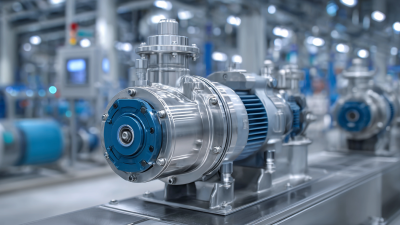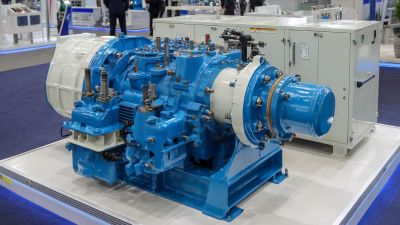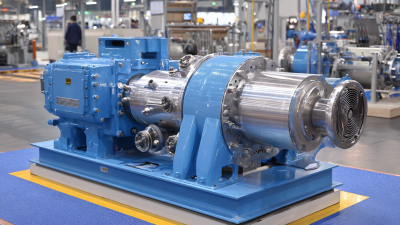Sealless Pumps for a Safer and Greener World


In the realm of fluid transport, vertical centrifugal pumps play a pivotal role, accounting for over 70% of the industrial pumping market, as reported by the Hydraulic Institute. These pumps are essential for various applications, from water treatment to chemical processing, owing to their efficient design and ability to handle large flow rates and varying viscosities.
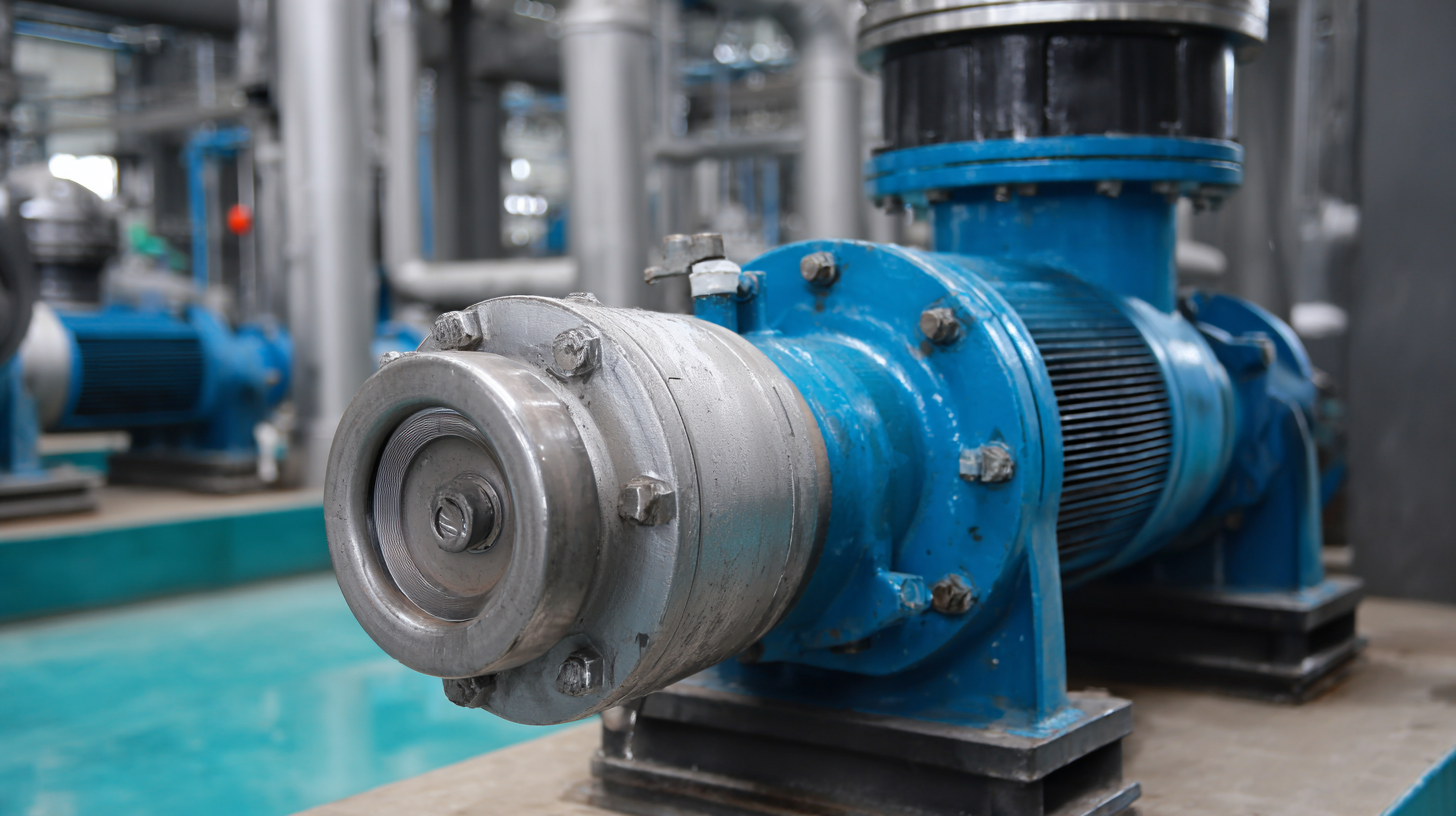
However, maintaining optimal performance and longevity of vertical centrifugal pumps requires a structured and systematic approach. According to a study by the American Society of Mechanical Engineers, regular maintenance can lead to a 20-30% reduction in operational costs and significantly decrease the risk of unexpected downtime.
As industries strive to enhance productivity and reduce expenses, understanding the intricacies of vertical centrifugal pump maintenance is critical. This comprehensive guide aims to provide actionable insights and best practices for maximizing the efficiency and effectiveness of these vital assets.
When it comes to the maintenance of vertical centrifugal pumps, monitoring key components is crucial for ensuring optimal performance and extending the lifespan of the equipment. One of the primary components to keep an eye on is the impeller. The impeller’s condition directly affects the pump's efficiency. Regular inspections for wear, corrosion, or damage can help in identifying issues before they escalate, thereby avoiding costly repairs or replacements.

Another important component is the mechanical seal. This part prevents leakage and protects the pump from external contaminants. Over time, seals may degrade due to wear and tear or exposure to harsh operating environments. It is vital to check for signs of leaks or abnormal noises that could indicate seal failure. Additionally, monitoring the motor and bearings is essential, as these parts can experience overheating or imbalance, leading to significant performance disruptions. Regular lubrication and alignment checks can help in mitigating such risks, ensuring that the vertical centrifugal pump operates smoothly and efficiently.
Maintaining vertical centrifugal pumps is crucial for maximizing efficiency and prolonging their operational life. According to a study by the Hydraulic Institute, proper maintenance can reduce pump failures by up to 30%, ultimately saving businesses significant downtime and repair costs. One essential practice involves regular shaft alignment checks. Misalignment can lead to increased vibration, which can accelerate wear on bearings and seals, diminishing performance and lifespan.
Another vital aspect is monitoring and changing the lubrication on a consistent basis. The American Society of Mechanical Engineers recommends using high-quality lubricants tailored specifically for pump applications. Inadequate lubrication can cause up to 50% of pump failures, as it directly affects the performance of critical components.
Tip: Keep a maintenance log to track the frequency and type of inspections performed. This documentation not only helps in identifying recurring issues but also in scheduling timely interventions before minor problems escalate.
Implementing these practices, along with routine inspections of seals, gaskets, and other wear items, guarantees an optimal operational life for your pumps. Tip: Utilize vibration analysis tools to detect early signs of wear. This proactive approach can ensure that your pump remains in peak condition, reducing the likelihood of unexpected failures and costly repairs.
Vertical centrifugal pumps are integral to many systems, yet they often face common issues that can hinder their performance. One prevalent problem is clogging, often caused by debris or foreign objects in the sewage network. It is crucial to implement regular inspections and maintenance routines to identify and remove these obstructions before they escalate into significant operational challenges. Additionally, ensuring that the pump is properly calibrated can help mitigate these clogging issues.
Another common issue is air entrainment, which can lead to cavitation, significantly damaging the pump over time. To counter this, operators should monitor the fluid's entry and ensure the system is designed to minimize air intake during operation. Addressing these air entrainment concerns is essential, as cavitation can compromise not only the pump's efficiency but also its longevity. Regular monitoring and applying corrective measures will significantly enhance the reliability and efficiency of vertical centrifugal pumps.
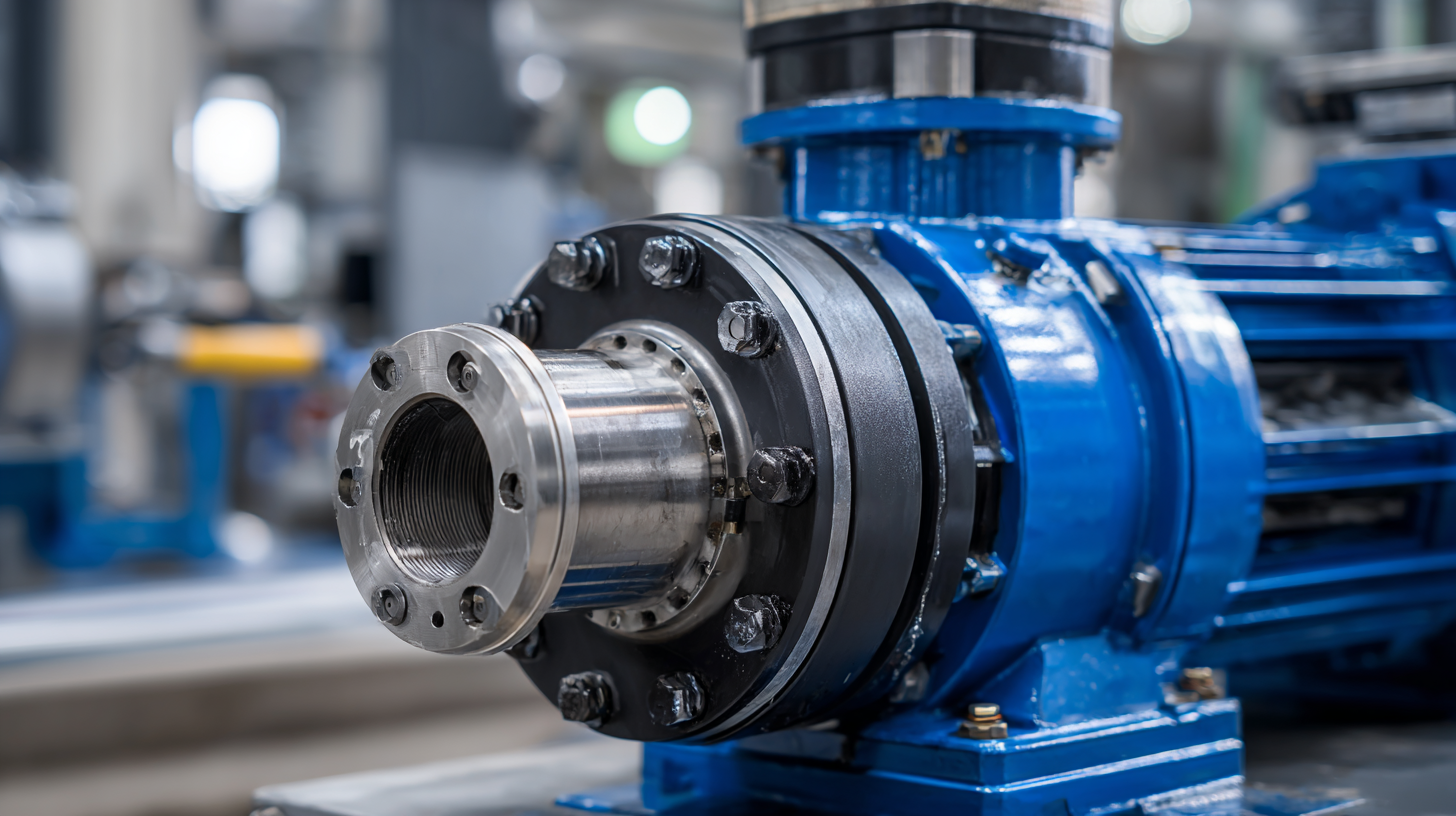
When it comes to maintaining vertical centrifugal pumps, having the right tools is essential for maximizing efficiency and ensuring longevity. There are three standout tools that can significantly enhance maintenance tasks. First, a vibration analyzer allows technicians to monitor pump performance in real-time, identifying any irregularities that could indicate mechanical issues. This proactive approach can prevent costly breakdowns and maintenance delays.
Another critical tool is the laser alignment device. Misalignment is a common cause of increased wear and tear in vertical centrifugal pumps. By utilizing this device, maintenance teams can ensure precise alignment between the pump and motor, which minimizes friction and extends the life of the equipment. Lastly, a comprehensive oil analysis kit enables operators to regularly assess the condition of the lubricant used in the pumps. This analysis provides insights into potential contaminants and wear particles, allowing for timely oil changes that prevent damage and maintain optimal operating conditions. By incorporating these tools into a maintenance routine, operators can ensure that their vertical centrifugal pumps perform at peak efficiency.
| Maintenance Tools | Purpose | Frequency of Use | User Skill Level |
|---|---|---|---|
| Vibration Analyzer | Detect and diagnose mechanical issues | Monthly | Intermediate |
| Infrared Thermometer | Monitor operating temperature | Weekly | Beginner |
| Alignment Tools | Ensure proper shaft alignment | As needed | Advanced |
Maintaining vertical centrifugal pumps is crucial for ensuring optimal performance and longevity. A well-structured maintenance routine keeps these pumps operating efficiently and prevents costly downtime. Key tasks for a scheduled maintenance checklist should include regular inspections of the pump casing for wear and corrosion, as well as checking for any unusual vibrations or noises during operation. Additionally, monitoring the alignment of the pump and motor is necessary to avoid excessive wear on components.
Another vital aspect of this checklist is the routine replacement of worn parts, including seals and bearings, to prevent leaks and maintain operational integrity. Checking the lubrication levels and ensuring that they meet manufacturer specifications can significantly enhance pump efficiency. It's also recommended to review the pump’s performance data periodically, looking for changes in pressure and flow rates that could indicate underlying problems. By adhering to this ultimate checklist for scheduled maintenance, operators can drastically improve the reliability and efficiency of vertical centrifugal pumps, leading to better operational outcomes.
